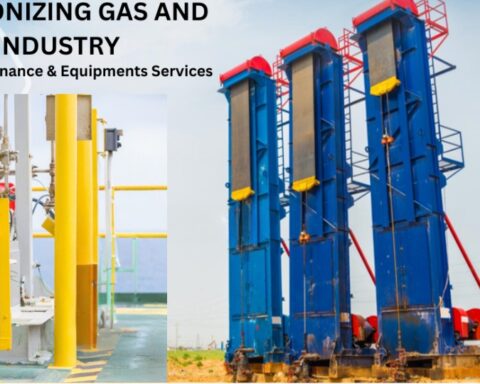In recent years, drones have rapidly gained popularity in various industries, including the field of roof inspections. These unmanned aerial vehicles (UAVs) equipped with high-resolution cameras and advanced imaging technology offer a new perspective on roof assessments. This article explores the transformative potential of drone-based roof inspections, highlighting their advantages, applications, and the future implications they hold for the industry.
The Limitations of Traditional Roof Inspections:
Traditional roof inspections often involve manual labor, significant time investment, and potential safety risks. Inspectors may need to climb ladders or scaffolding, making it difficult to access certain areas or accurately assess the overall condition of a roof. These limitations create a demand for more efficient, cost-effective, and safe inspection methods.
The Rise of Drone-Based Roof Inspections:
Drone technology has emerged as a game-changer in the field of roof inspections. Equipped with high-resolution cameras, thermal imaging capabilities, and advanced sensors, drones can capture detailed aerial footage of rooftops and provide valuable data for analysis. They offer a safer, faster, and more cost-effective alternative to traditional inspections.
Advantages of Drone Inspections:
- Enhanced Safety: Drones eliminate the need for manual roof access, reducing the risk of accidents and injuries for inspectors. They can reach challenging areas, such as steep or inaccessible roofs, without endangering human lives.
- Time and Cost Efficiency: With drones, inspections can be conducted in a fraction of the time required for traditional methods. The speed and efficiency of drone-based inspections translate into cost savings for property owners and insurers.
- Detailed and Accurate Data: Drones capture high-resolution images and videos, allowing for precise and detailed analysis of roof conditions. They can detect even minor damages, leaks, or potential structural issues, enabling early intervention and preventive maintenance.
- Accessibility and Versatility: Drones can navigate through tight spaces, maneuver around obstacles, and capture imagery from various angles, providing comprehensive roof coverage. They can be used for inspections of residential, commercial, and industrial properties of all sizes and complexities.
Applications of Drone-Based Roof Inspections:
- Damage Assessment: After severe weather events, drones can quickly survey roofs for damage, assisting insurance companies and property owners in claim assessments and recovery processes.
- Maintenance Planning: Regular drone inspections allow property owners to monitor the condition of their roofs, identify maintenance needs, and plan repairs or replacements more effectively.
- Solar Panel Inspections: Drones are invaluable tools for inspecting and maintaining solar panel installations, identifying faulty panels, and optimizing energy production.
- Construction and Real Estate: Drones aid in pre-construction evaluations, progress monitoring, and final inspections, providing valuable information for architects, builders, and property developers.
The Future of Drone-Based Roof Inspections:
- Technological Advancements: As technology continues to evolve, drones are expected to become even more advanced. Improved imaging capabilities, machine learning algorithms, and artificial intelligence integration may enhance the accuracy and efficiency of inspections.
- Regulatory Framework: With the increasing adoption of drones, regulations and guidelines specific to their use in roof inspections are likely to develop. These frameworks will ensure standardized procedures, safety protocols, and responsible practices.
- Data Analysis and Automation: Advances in data processing and analysis will enable drones to provide real-time insights, automated reporting, and predictive maintenance recommendations based on collected data.
- Integration with Building Information Modeling (BIM): Drones can be integrated with BIM systems, allowing seamless data exchange and collaboration between various stakeholders in the construction and maintenance process.
Conclusion:
The future of roof inspections is being reshaped by the remarkable capabilities of drone technology. Drones have revolutionized the industry by offering enhanced safety, time and cost efficiency, detailed data collection, and versatile applications. As drone technology continues to advance, we can expect further improvements in imaging capabilities, data analysis, and integration with other industry tools. However, it is important to address challenges such as weather limitations, regulatory compliance, operator training, and data management. With the right precautions and best practices in place, drone-based roof inspections have the potential to transform the way we assess, maintain, and protect our roofs, ushering in a new era of efficiency and innovation.





